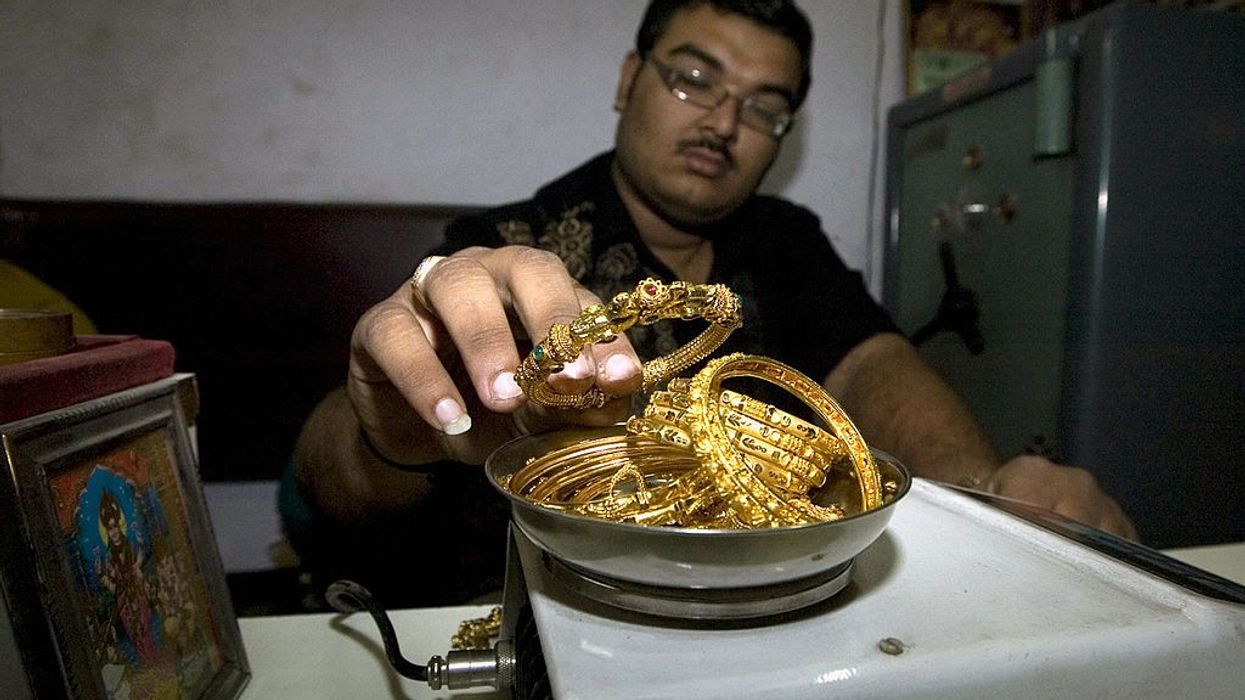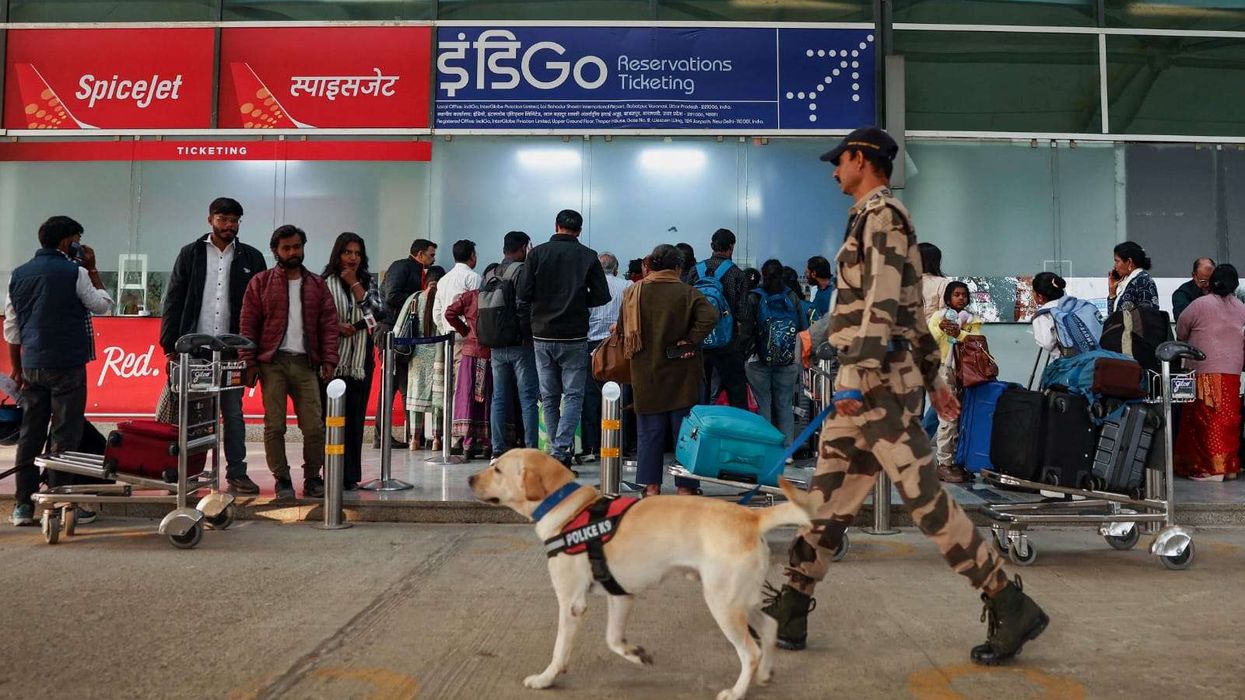DESPERATE for cash, many families and small businesses owners in India are selling gold jewellery, their last resort, as collateral to secure short-term loans to survive the Covid cash crunch.
Business closures and job losses pushed more than 230 million Indians into poverty in the past year, according to a study by Azim Premji University, leaving many struggling to pay rent, school fees and hospital bills.
Their difficulties have been compounded in recent weeks by soaring prices for electricity, fuel and other items.
Banks disbursed "loans against gold jewellery" worth Rs 4.71 trillion ($64 billion) in the first eight months of 2021, a whopping 74 per cent jump year-on-year, central bank data showed.
And many of these loans have gone sour with borrowers unable to keep up with repayments, leaving lenders to auction off the gold. Newspapers have been flooded with notices for such sales.
Gold is considered essential at weddings, birthdays and religious ceremonies in the country, and also seen as a safe asset that can be transferred from one generation to the next.
Indians bought 315.9 tonnes of gold-use jewellery in 2020, almost as much as the Americas, Europe and the Middle East combined, according to the World Gold Council. Only China bought more.
Indian households are estimated to be sitting on 24,000 tons -- worth $1.5 trillion -- in coins, bars and jewellery.
"It is the only social security for the woman or any household because there is no such social security programme from the government," said Dinesh Jain, director at the All India Gem and Jewellery Domestic Council.
"Gold is like liquid cash. You encash it in at any time of the day and night."
Kumar Jain, 63, whose family has run a shop in Mumbai's historic Zaveri Bazaar for 106 years, says he has never seen so many people coming to sell.
"It wasn't like this before the pandemic," he said.
Jain says his customers, predominantly women, have sold a vast array of personal jewellery in recent months including gold bangles, rings, necklaces and earrings.














